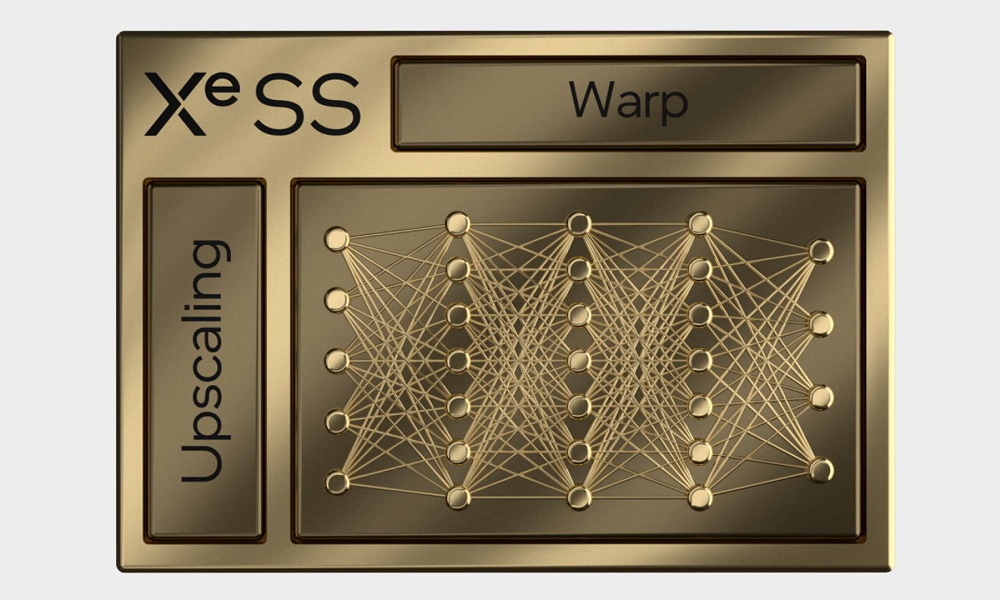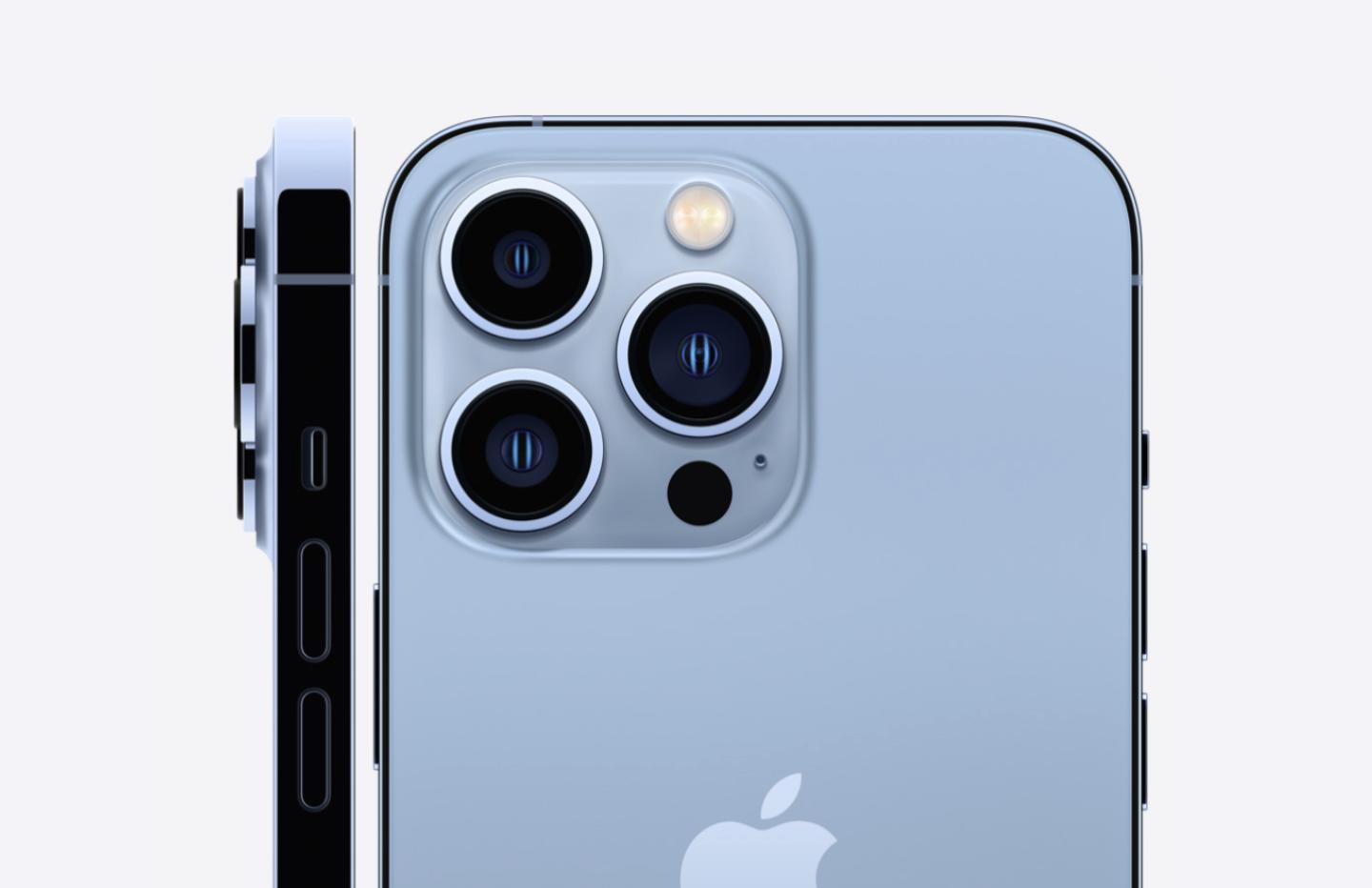
Microsoft has taken another step in his Silica Project and has announced that data storage on sustainable quartz glass plates will now be more efficient. All this is due to an improvement, in collaboration with Azurethrough which the capacity is increased up to several terabytes (TB) and for almost 10,000 years.
Thus, a glass plateabout the size of a coaster, It will be able to store 1.75 million songs or 13 years of music, which once registered, are immovable. If we transfer it to the cinematographic field, each of the plates could store around 3,500 movies or enough movies to play for more than six months without repeating.
With that data encapsulation, safely, compactly and sustainablyThe intention is to solve cloud storage capacity problems and bet on a treasure of information of incalculable value.
The striking thing about Microsoft’s Project Silica glass crystals is that they allow access to intact data after it has been subjected to extreme temperatures, boiling water, or even scratched. It therefore becomes an alternative that takes up less space and is highly efficient in all concepts.
The storage process
Microsoft’s Silica Project works on writing data on glass with the help of a ultrafast femtosecond laserto later decode said information with the help of the Azure AI. In this way, reading and writing are speeded up while storage capacity is considerably increased.
The reading is carried out through a microscope controlled by a computer and storage is carried out in a passive library that does not require electricity in any of its storage units. The presence of the robots that are loaded while they are idle within the laboratory and then work effectively in searching for specific data. It is an immutable process.
That said, it could be differentiated between: writing lab (uses a laser system to modify the glass and the data is encoded into voxels or 3D pixels), reading laboratory (a computer-controlled, fast-moving microscope that quickly moves the data to be recovered) and decoding laboratory (with Azure AIturning content into usable information).
The origins of glass storage
The concept of glass data storage dates back to the 19th century, when individual photographic negatives were stored in glass panels. Starting from this idea, Microsoft launched the Silica Project in 2016, becoming Warner bross in your client in 2019 to store the movie ‘Superman’ (1978) on a piece of quartz crystal. The producer was looking for a safe and sustainable way to preserve its great treasures.
The glass pane in which the ‘Superman’ film was stored was 7.5 centimeters high and 2 millimeters thick, with the capacity to store 75.6 GB of data. It has 74 layers and light is sent through the glass to later analyze the reflections with readers similar to those of a microscope.
The risk group Elire has collaborated with Microsoft’s Silica team to apply the technology in its Global Music Vault in Svalbard (Norway). Durable files are created with the help of silica glass plates resistant to electromagnetic pulses and extreme temperatures. Furthermore, it is a 100% sustainable method. This establishes a comprehensive library of all types of compositions that can be stored for the future and with accessible locations around the world, making it an extensive, accessible and constantly evolving archive.
A commitment to sustainability in data centers
Magnetic storage has gradually been losing relevance because its useful life is limited and requires frequent new copies. In addition, it involves a high level of operating costs and energy consumption.
With the Silica Project, Microsoft seeks to end the poor durability of just five years of a hard drive or ten years of a tape, to opt for more efficient, durable and sustainable materials.
The main economic costs, but above all energy costs, occur in the initial stage of incorporating the data into the highly resistant glass plates. Subsequently, ongoing maintenance costs are minimal once they have been stored.



